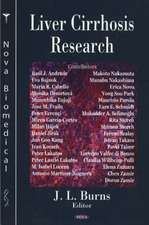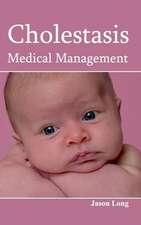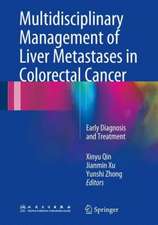Pathophysiology of Nonalcoholic Steatohepatitis
Autor Metin Basaranoglu, Brent Aneuschwanderen Limba Engleză Paperback – 30 apr 2009
Preț: 298.84 lei
Preț vechi: 407.23 lei
-27% Nou
Puncte Express: 448
Preț estimativ în valută:
57.18€ • 62.31$ • 48.19£
57.18€ • 62.31$ • 48.19£
Carte disponibilă
Livrare economică 02-16 aprilie
Preluare comenzi: 021 569.72.76
Specificații
ISBN-13: 9781606924655
ISBN-10: 1606924656
Pagini: 112
Ilustrații: b/w illus
Dimensiuni: 153 x 227 x 9 mm
Greutate: 0.22 kg
Editura: Nova Science Publishers Inc
ISBN-10: 1606924656
Pagini: 112
Ilustrații: b/w illus
Dimensiuni: 153 x 227 x 9 mm
Greutate: 0.22 kg
Editura: Nova Science Publishers Inc
Cuprins
Preface; Pathophysiology of Excessive Fat Accumulation in the Liver in the Absence of Alcohol Abuse: NAFLD; NASH: The Pathogenesis of Hepatocellular Injury in NAFLD; Hepatic Fibrogenesis in NASH; Pathophysiology of the Pathological Features of NASH; Summary; Index.

















